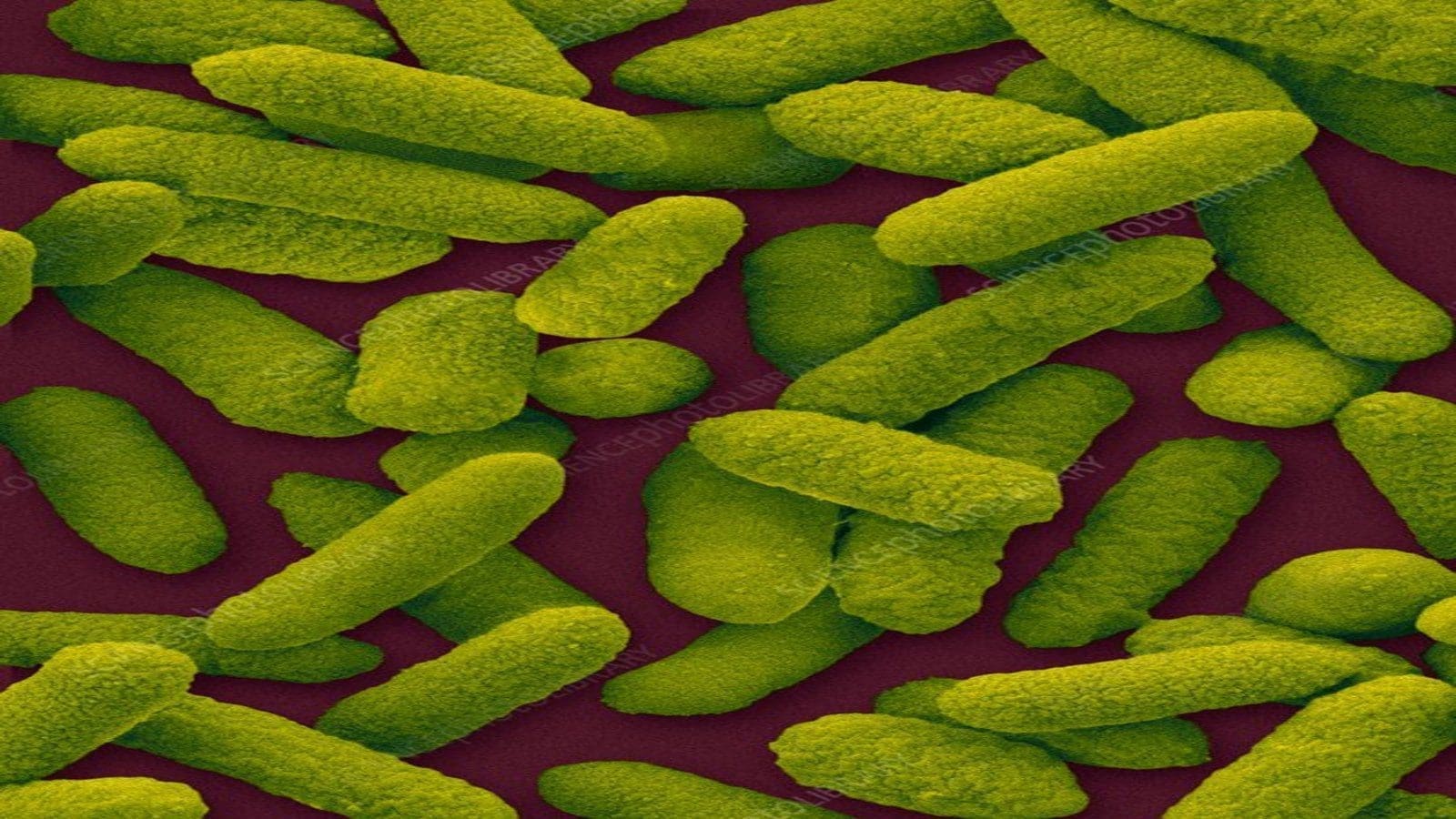POLAND – Scientists in Poland have uncovered the presence of cronobacter in samples of nuts, seeds and dried fruit during a study aimed at determining the microbiological quality of commercial ready-to-eat food (RTE) products of plant origin.
Analyses were carried out on 64 samples of nuts, dried fruits, candied fruits, seeds, and mixes of seeds, dried fruits and nuts. Samples were tested for the total plate count of bacteria (TPC), counts of yeasts and molds, and the occurrence of cronobacter.
Cronobacter bacteria are ubiquitous organisms often linked with life-threatening infections in neonates. According to a study published in the journal ‘Pathogens’, they demonstrate a range of properties which enable survival in various food products and allow them to adapt to a changing environment during the manufacturing process.
Formerly known as Enterobacter sakazakii, it is believed to have been first recorded in a 1961 report describing the isolation of uniquely yellow-pigmented microorganisms from neonates suffering from fatal meningitis.
There are no regulations for cronobacter in foodstuffs except for powdered infant formulas.
Ten samples of nuts and two mixes were found to be contaminated with cronobacter. It was not detected in dried or candied fruits, and seeds. As reported by Food Safety News, the prevalence of cronobacter in nuts and in mixes of dried fruits, seeds and nuts accounted for 50 percent and 25 percent respectively.
Three cronobacter species were isolated from nuts and mixes of nuts, dried fruits and seeds. Presence of cronobacter sakazakii was confirmed in some Brazil nut samples and certain mixes of dried fruits, seeds and nuts.
Cronobacter turicensis was detected in 20 percent of almonds and hazelnuts. Cronobacter malonaticus was found in 20 percent of hazelnuts, cashews, pine nuts and macadamias and in 12.5 percent of the samples of mixes of dried fruits, seeds and nuts.
Cronobacter has also been found in powdered milk, herbal teas and starches, as well as powdered protein and dietary supplements. It has been isolated from food processing facilities and has occasionally been found by health officials in places like sewer water.
It can cause wound infections or urinary tract infections in people of all ages. In immunocompromised adults and the elderly, it can lead to bloodstream infections.
While the Centers for Disease Control and Prevention (CDC) reports few cases of cronobacter infection each year, with infants, cronobacter can cause dangerous bloodstream infections or infections of the linings surrounding the brain and spine (meningitis) and can cause death.
Infection in infants two months of age and younger most likely leads to meningitis. The first symptom of cronobacter infection in infants is usually fever coupled with lack of appetite, crying or low energy.
TPC, yeast and mold
The level of TPC in nuts is believed to be an indicator of postharvest contamination of these products. TPC were not found in samples of seeds and candied fruits.
Five samples, including dried fruits, seeds and mixes of dried fruits, nuts and seeds, had excessive counts of mold based on international guidelines but yeast levels were satisfactory and not detected in seeds and candied fruits.
Samples were bought in Warsaw, Poland, at different supermarkets, from September 2018 to February 2019. They came from seven producers.
Liked this article? Subscribe to Food Safety Africa News, our regular email newsletters with the latest news insights from Africa and the World’s food safety, quality and compliance. SUBSCRIBE HERE








